The last few years have seen a rise in the number of cryptocurrencies and a high trading volume of non-fungible tokens (NFTs) but the knowledge regarding its technology and how it can change the way our economies operate, still remains confusing. With so much potential in its underlying technology, we believe it’s better to discuss this topic in detail and focus on the ways businesses can pioneer developments in this field.
What is Web3?
To understand Web3, we must understand the history of the web and the internet itself. The first wave of development (Web1) consisted of open protocols on which anyone could build, while the data was barely captured. But this soon changed with the advent of Web2, where organizations started to store the data and created a centralized network. Businesses stored user identities, transaction histories, and credit scores and often sold them to the highest bidder. So, today’s applications are, in short, a huge lump of personal data that is in the control of the company that can feel free to share it with anyone. Not only does this put your information at risk, but it can also be used to control and sway huge populations, for example, to manipulate election results.
Web3 should change all of that and ideally reverse the progress of Web2. That might sound counterproductive but it essentially gives more power to the user. The intent is to have no authority gaining control over the data but to have a decentralized structure, distributed to many parties through decentralized blockchains and smart contracts. This not only introduces a paradigm shift in the current business models but also removes intermediaries to benefit the users and parties responsible for keeping the system afloat.
Foundations of Web3
Web3 is a hierarchical use of three technologies that form the base and build upon it to achieve decentralized use cases. The base layer is made up of blockchains that store the entire history of transactions and their users. The second layer is made up of smart contracts that are basically an algorithm or logic, which can execute tasks independently. Then the final layer is digital assets like NFTs, which represent some value to engaging with the smart contracts. To understand the real value of these technologies, we will be giving an overview of how they work and connect with each other.
1. Blockchains: The Foundation Block of a Decentralized Network
Blockchain is an open-data structure that anyone can write to and read from. Operating on a public database, blockchains store and secure all the transactional data in these databases that are spread among multiple participants in a network of computer servers. These servers are called nodes and are key to the secure functioning of a blockchain. When a new entry is made onto the blockchain, that piece of information is stored as a “block”, linked and built upon the “chain” of existing information. All the nodes are then updated to reflect this new addition. This system of storing information is not centralized, which means no single authority is responsible for keeping the information which eliminates a single point of failure.
2. Smart Contracts: Automated Algorithms to Introduce Verification
Building upon blockchains, smart contracts are algorithms that can automatically verify transactions based on set rules. Once deployed, the logic of the entire operation of a blockchain cannot be changed, and executes automatically, removing the need for any intermediaries. But the smart contracts themselves are not created by a single organization. Governed by a Decentralized Autonomous Organization (DAO), each smart contract has governance tokens, distributed amongst the DAO, such that no single organization has the ability to make any changes.
3. Digital Assets: Verifiable and Ownable Values
We have built the base for transactions, introduced the automatic working of the system and now we move on to the digital assets that provide ownership. Digital assets are verified intangible items with ownership rights. There are multiple types of digital assets with specific functionalities but each and every single asset has its information not stored on private and regulated ledgers. Being on the blockchain allows users to store, verify, and transact without the need for a third party by interacting with smart contracts.

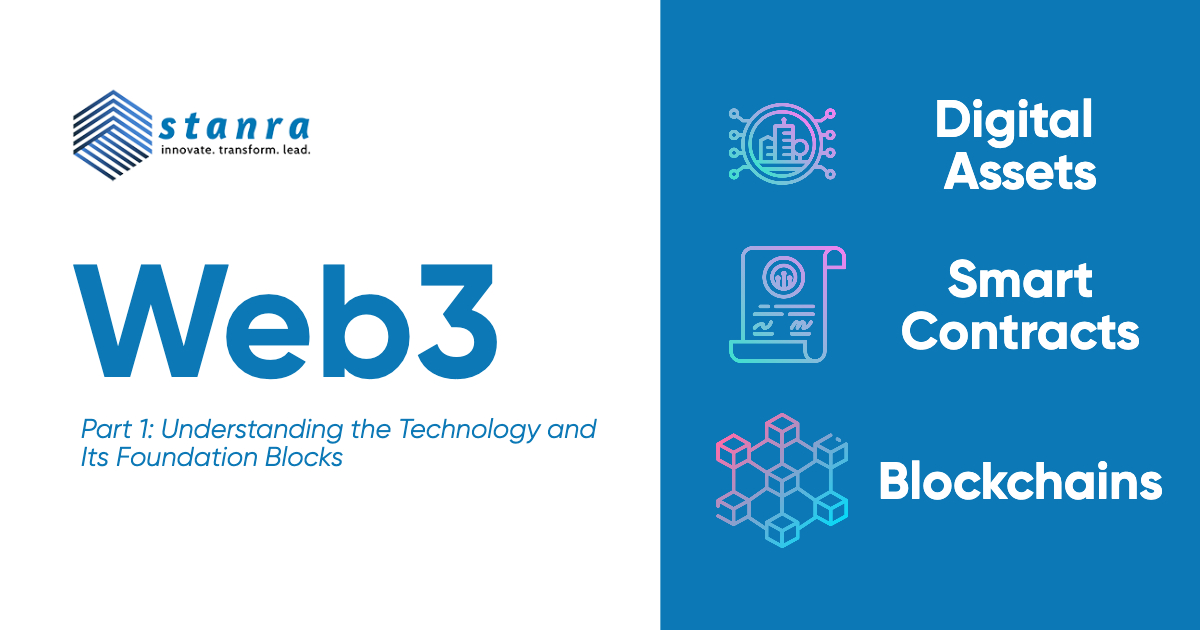
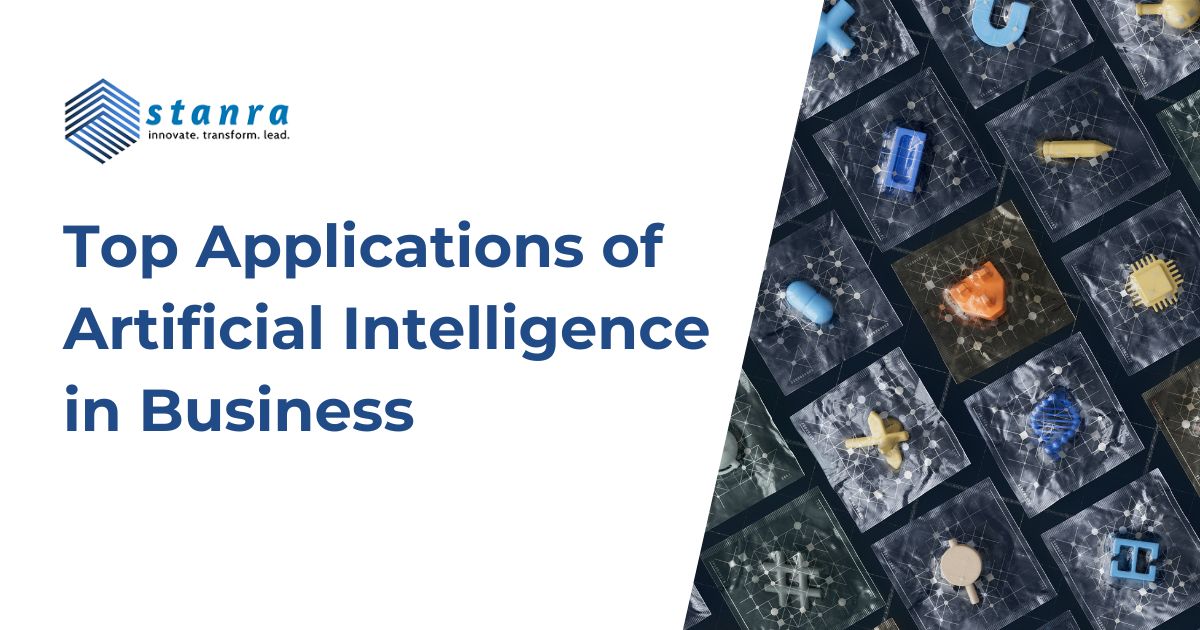
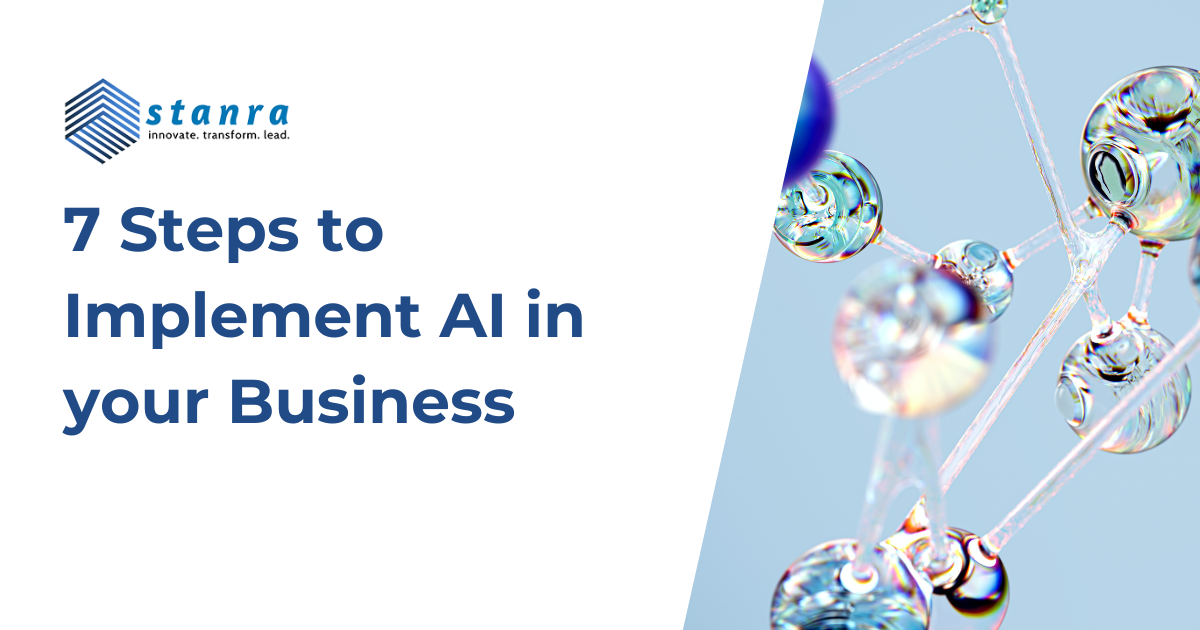
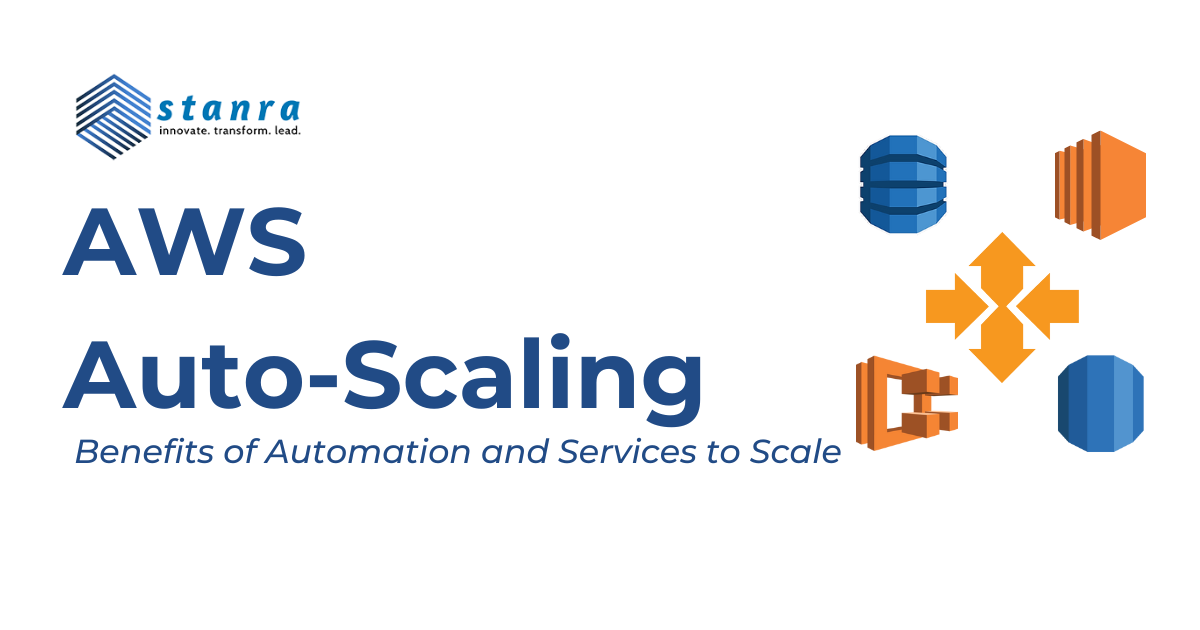
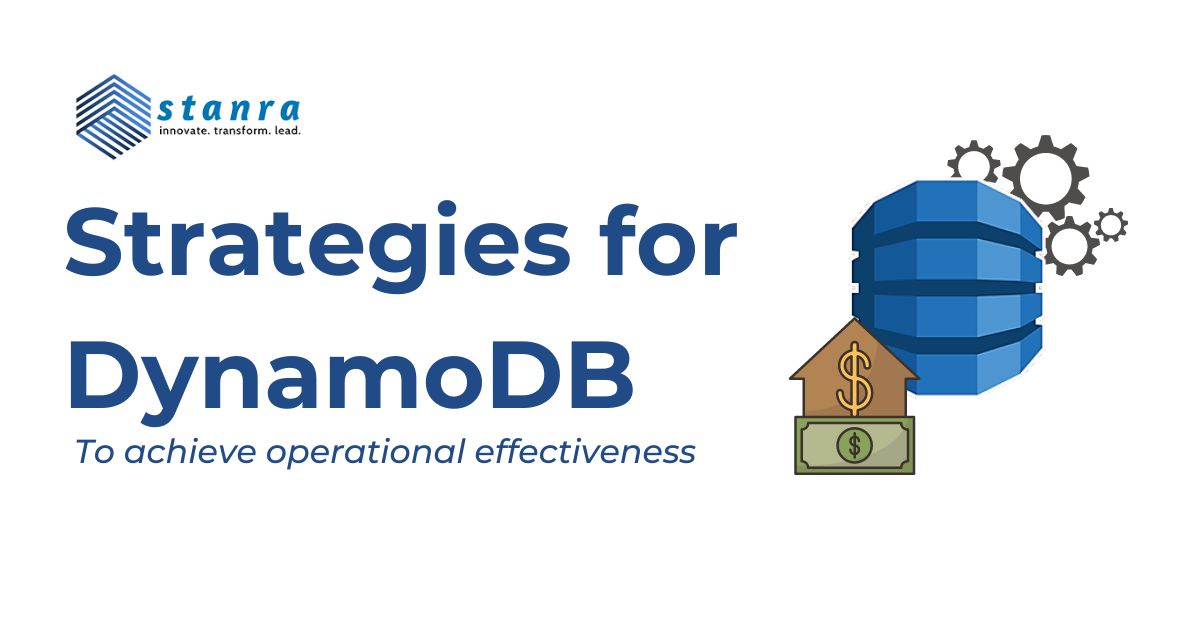
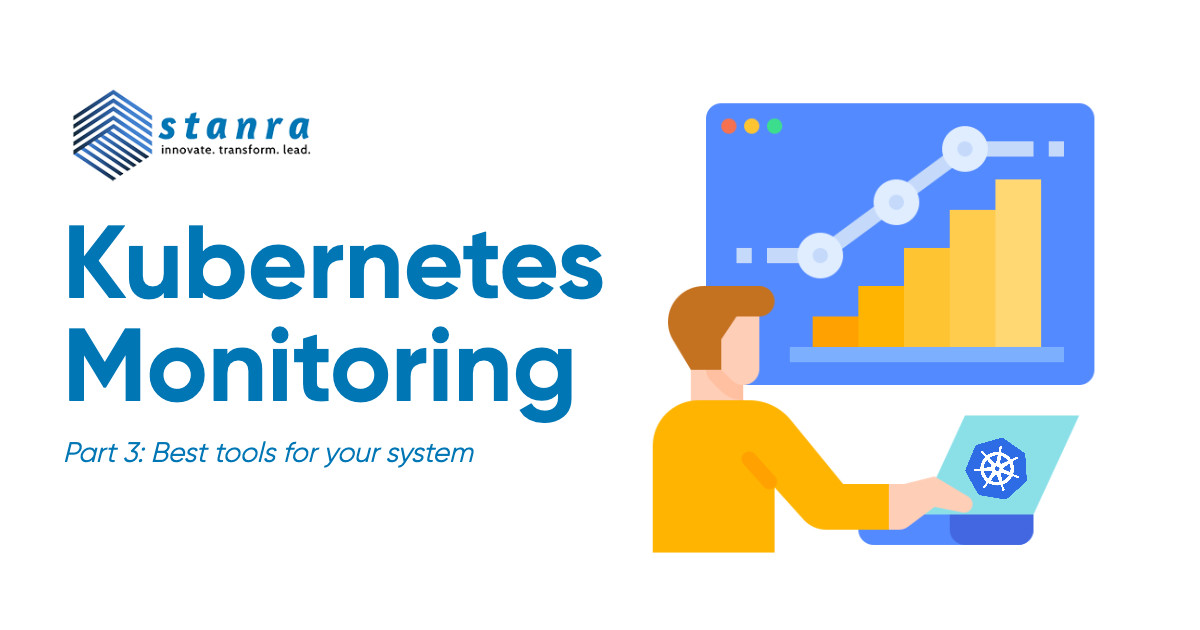
Leave A Comment